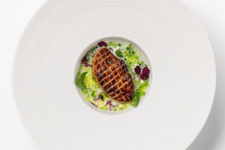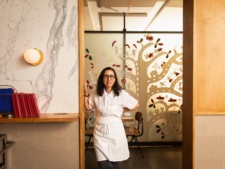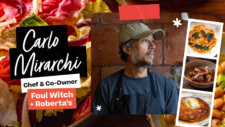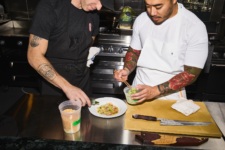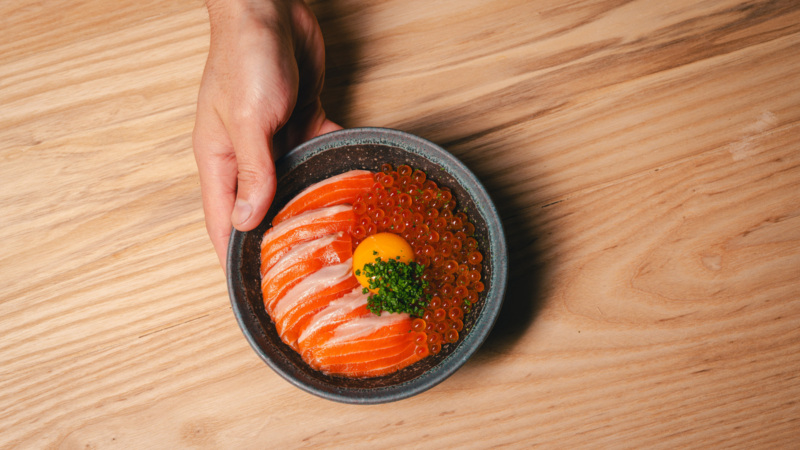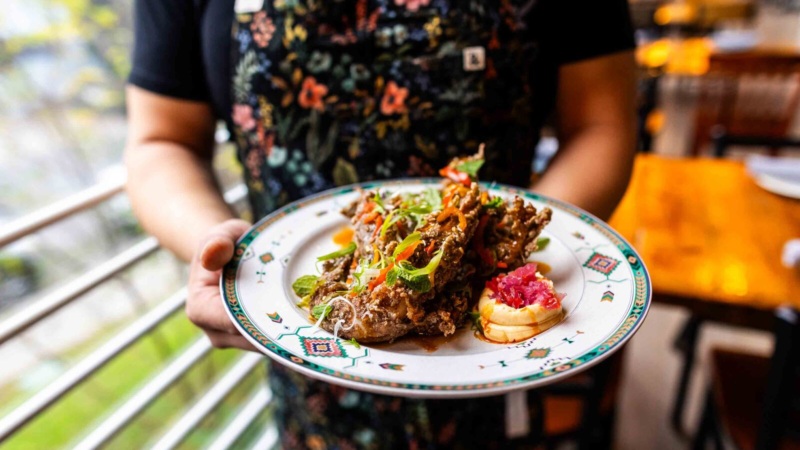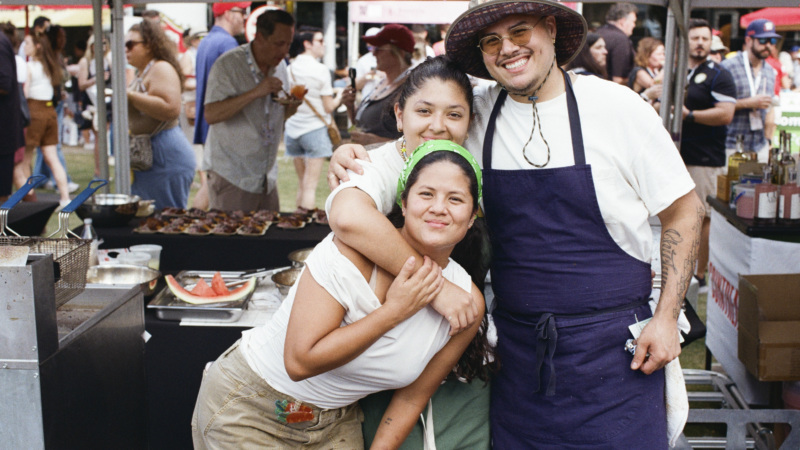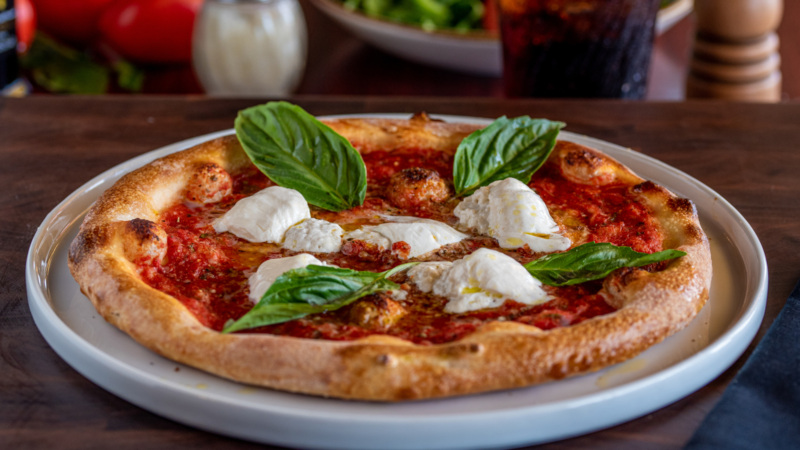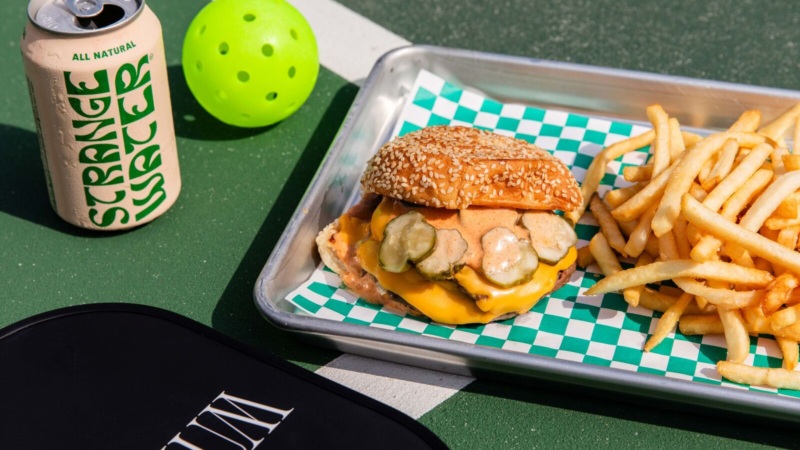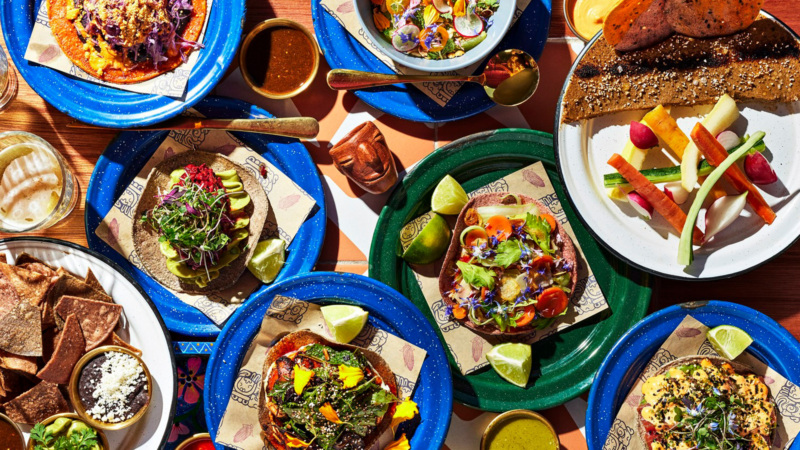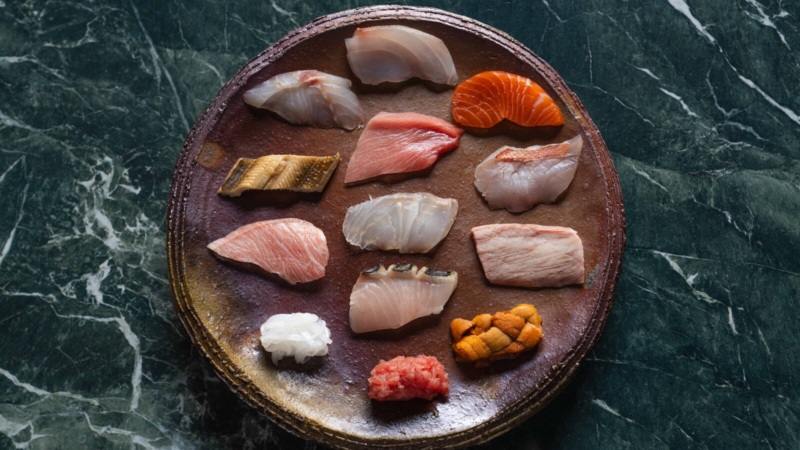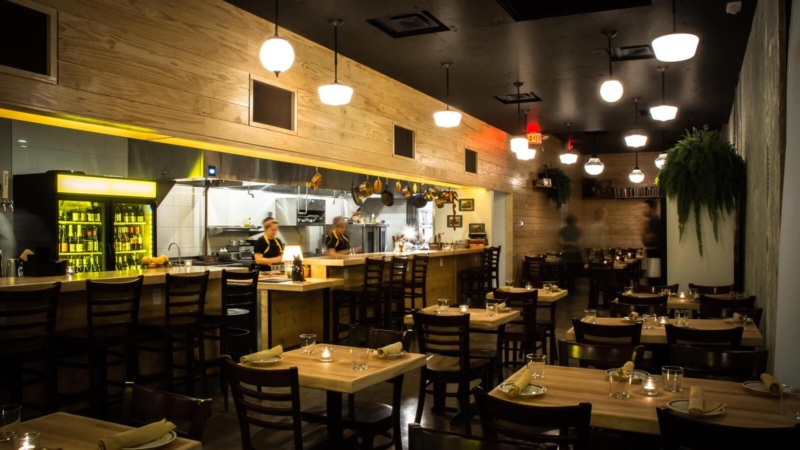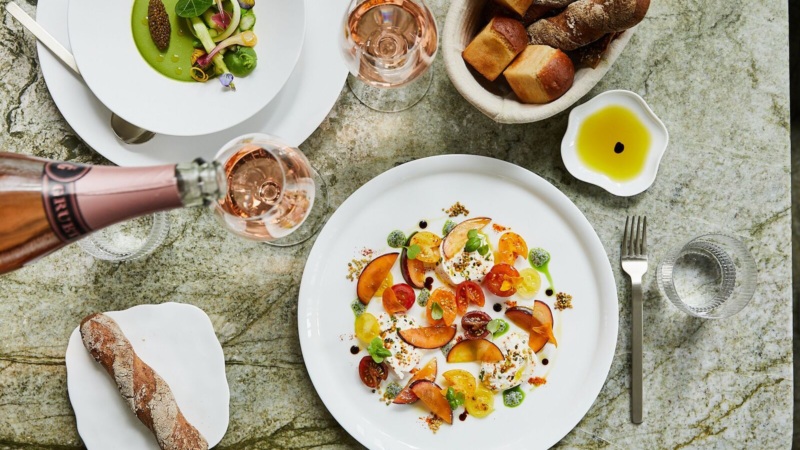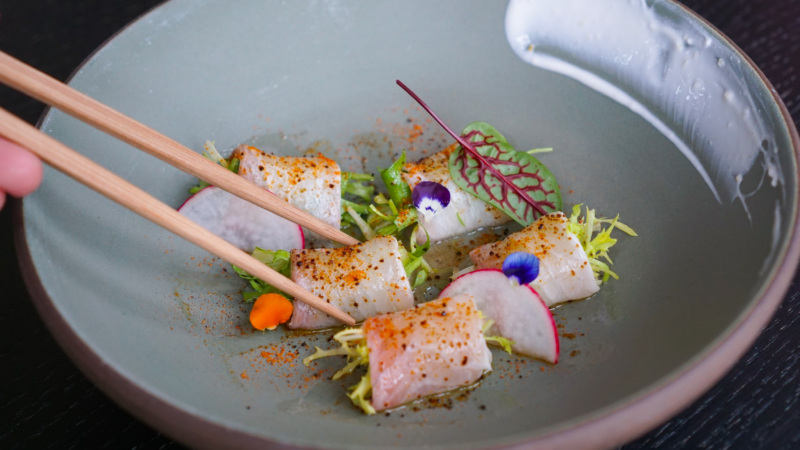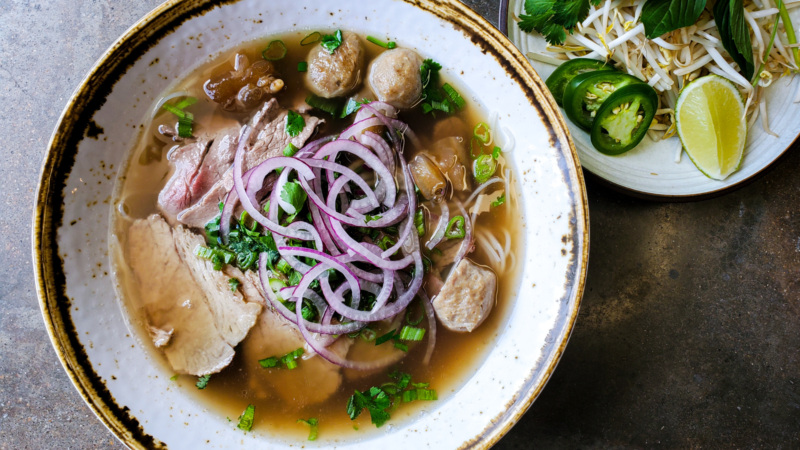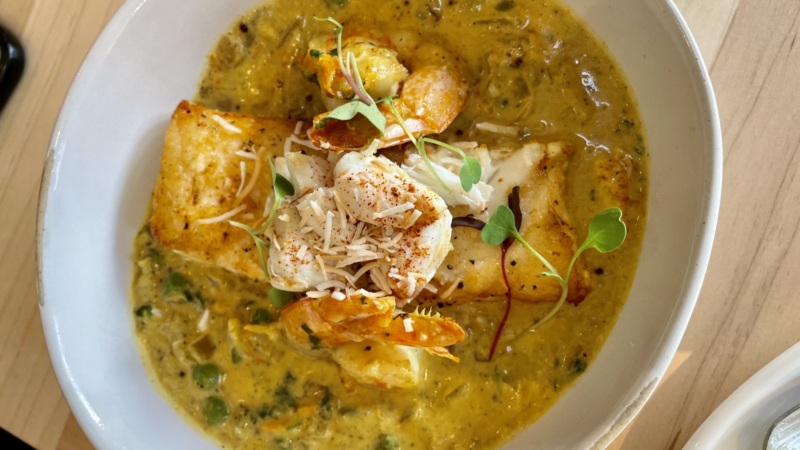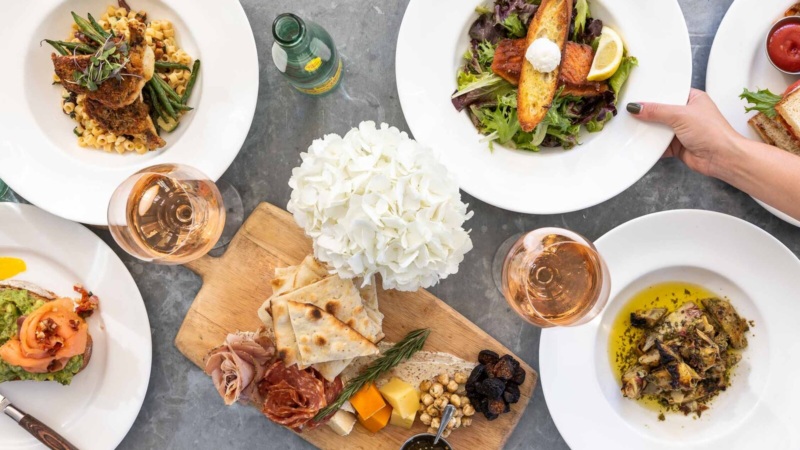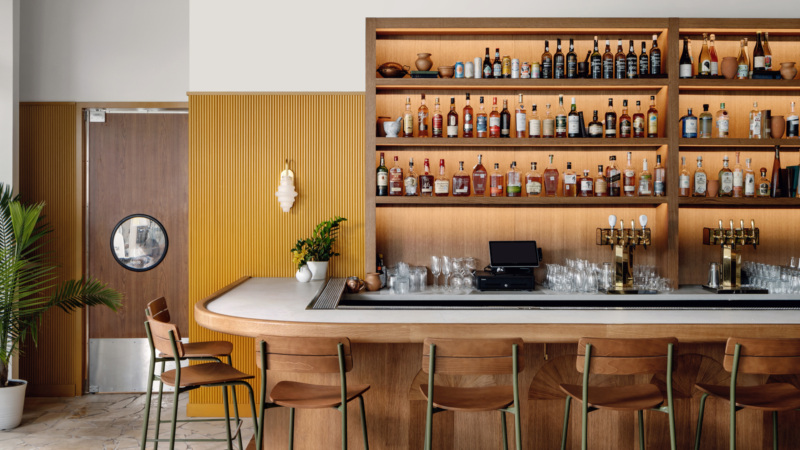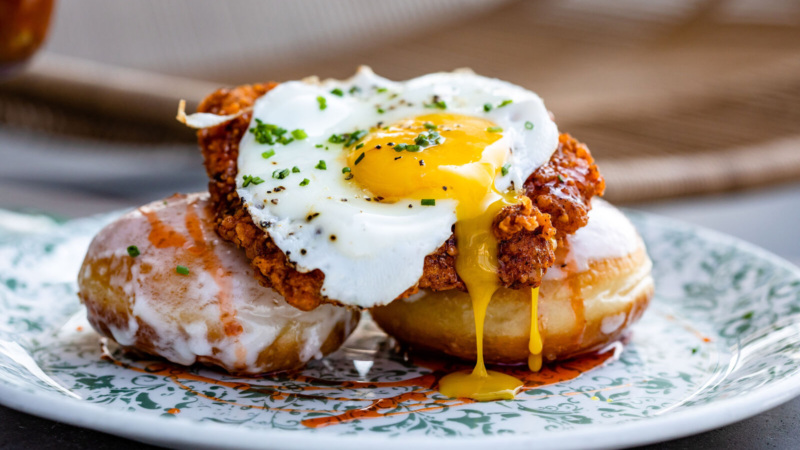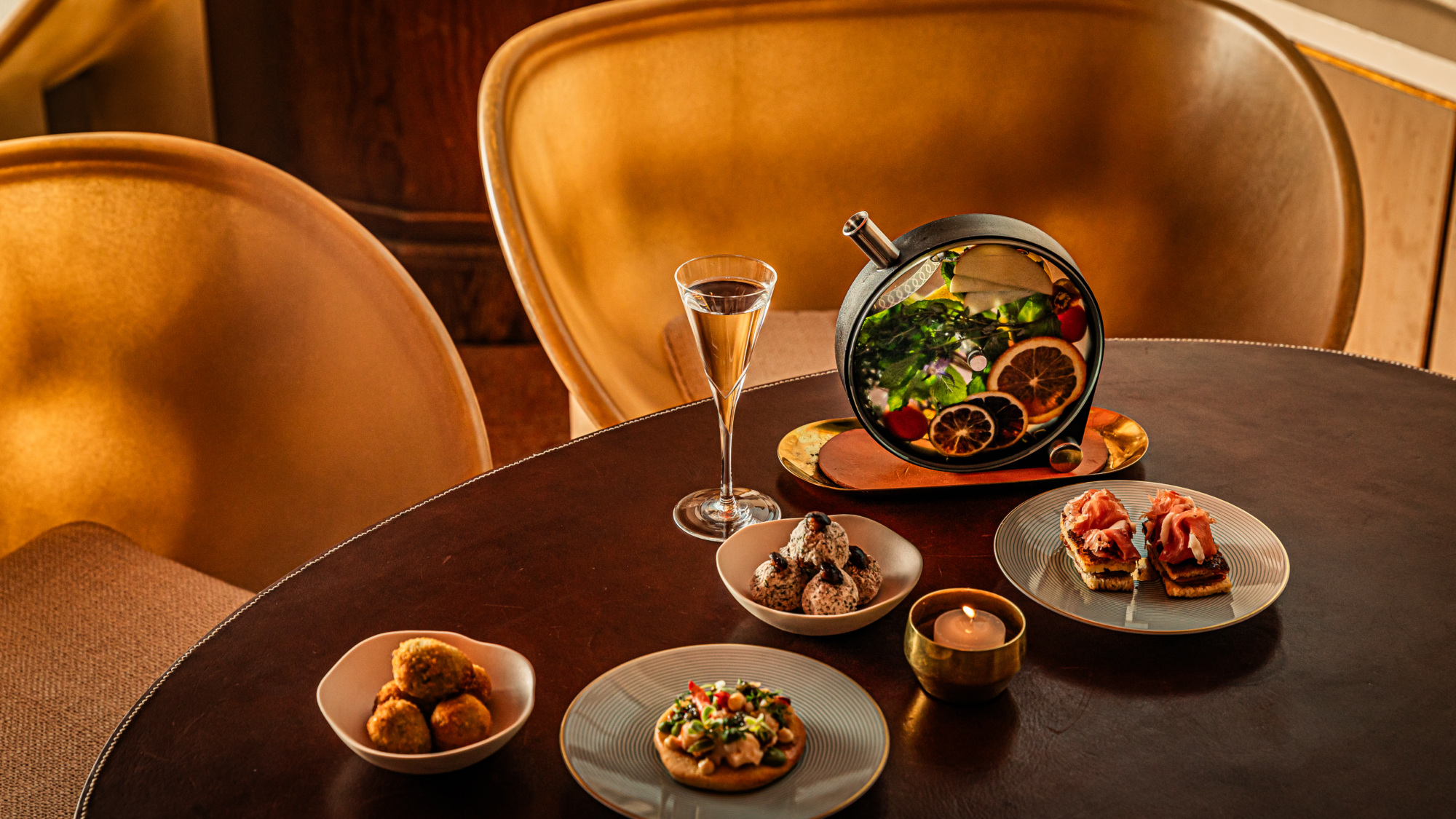
At Houston’s March, Felipe Riccio Isn’t Afraid to Get Deep
Published:
We love learning what makes great chefs and restaurateurs tick. So we’re pleased to introduce The Access Interview, a longform series that allows these tastemakers to discuss their work in depth. And many of their restaurants offer exclusive access to qualified American Express cardmembers via Global Dining Access by Resy. In our first installment, chef Felipe Riccio of Houston’s March tackles how to keep fine dining relevant — and gives a preview of his new menu.
Felipe Riccio has no problem talking about big, meaty questions — like, what does it mean to exist? And he’ll do it all from the driver’s seat of his Ford Ranger, as it cuts through the belly of Houston, Texas en route to his restaurant, March. “I love exploring the reason for being,” he told me over the phone, on speaker of course, while cruising east on the I-10 from Goodthyme Farm in Bellville, which grows produce for the restaurant.
Riccio is the executive chef and a partner at Goodnight Hospitality group, which operates three restaurants in Houston’s Montrose neighborhood including Montrose Cheese & Wine and Rosie Cannonball, in addition to March. But March, which serves a six- and nine-course Mediterranean tasting menu, is the group’s most ambitious effort to date.
March is also unlike anything Houston has ever seen before — every six months, the restaurant shuts down completely to rewrite its menu. In fact, that makes it unlike anything most cities have seen before. While the overarching Mediterranean theme is constant (you’ll never see March embrace a Tex-Mex theme), each new menu is a self-contained narrative exploring a different part of the region, with deep dives into culinary influences, as well as the wines local to the various regions. March has already gone through six iterations, including the Maghreb region of Northwest Africa, Greece, and most recently, Països Catalans, or the Mediterranean’s Catalan-speaking regions.
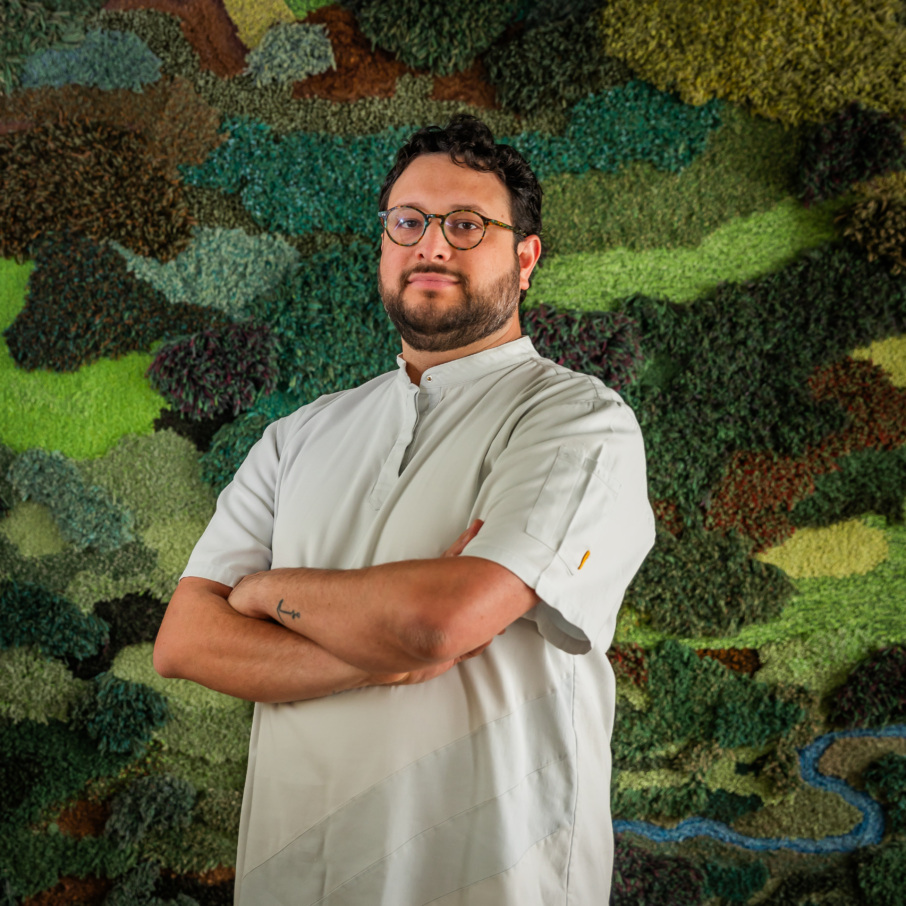
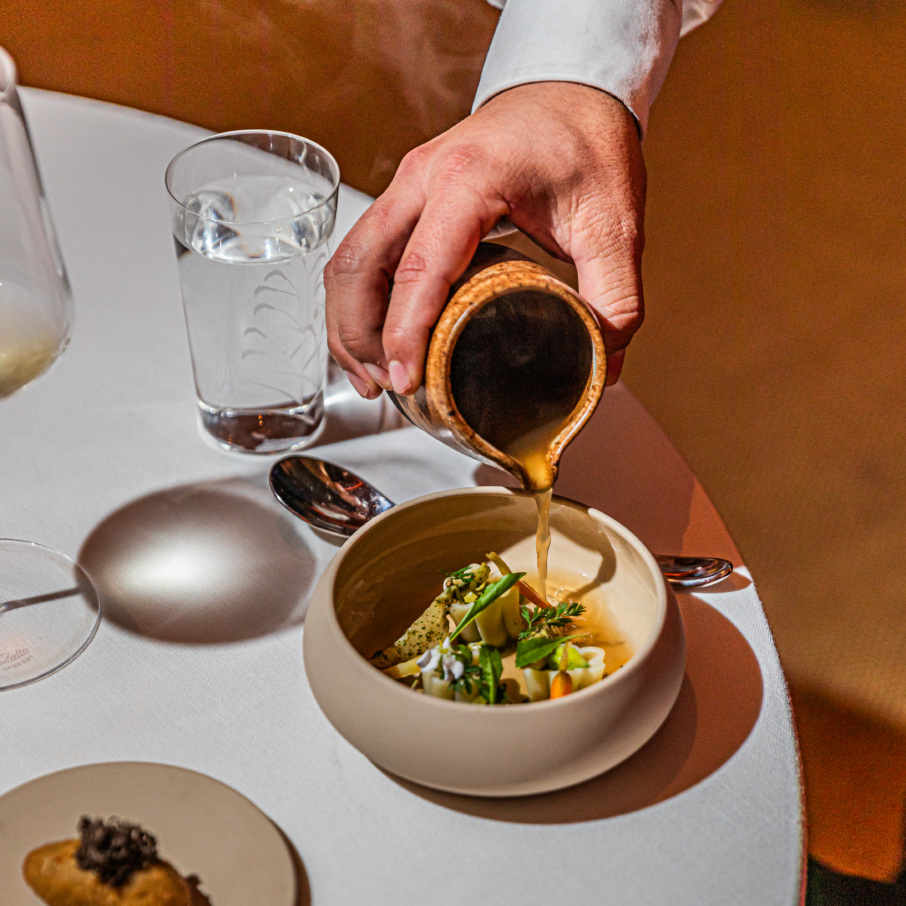
When it opened in 2021, March immediately became one of Houston’s most buzzed about reservations. In 2022, Riccio was named a James Beard semifinalist. More recently, the restaurant was designated a World’s 50 Best Discovery, which reflects the attention being paid well beyond Texas borders.
That only added to Houstonians’ pride at having such an influential restaurant in town. But cooking for such an expectant audience wasn’t exactly new territory for Riccio. Before opening March, he’d spent a year in Europe immersing himself in the kitchens of big name chefs, including Massimo Bottura in Italy and Eneko Atxa Azurmendi of Azurmendi in Spain. In that time, Riccio fine-tuned a culinary vision that uses history as its muse.
Start a conversation with Riccio — even if he’s on speaker, navigating his pickup through traffic — and it becomes clear that he talks about food the way scholars talk about their dissertations. That’s not to say his style of cooking at March is stiff or academic. Rather, Riccio thinks deeply about things like an ingredient’s origins and transforms these contemplations into finessed, modern-day interpretations. For example, to honor paella, originally a meat-based dish from Valencia, Riccio’s team recently made paella with lamb and a crispy tuile garnish in lieu of the famous socarrat.
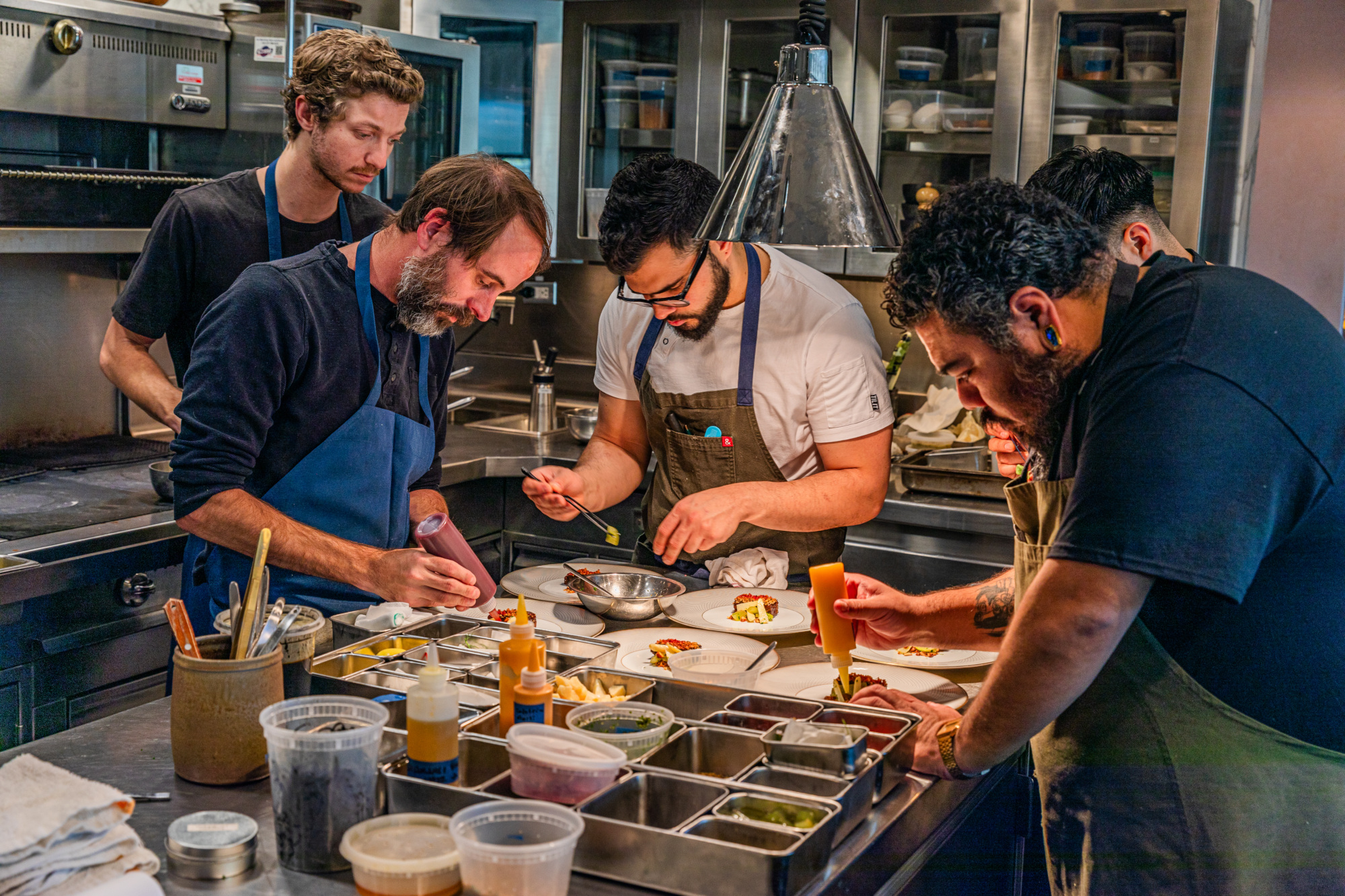
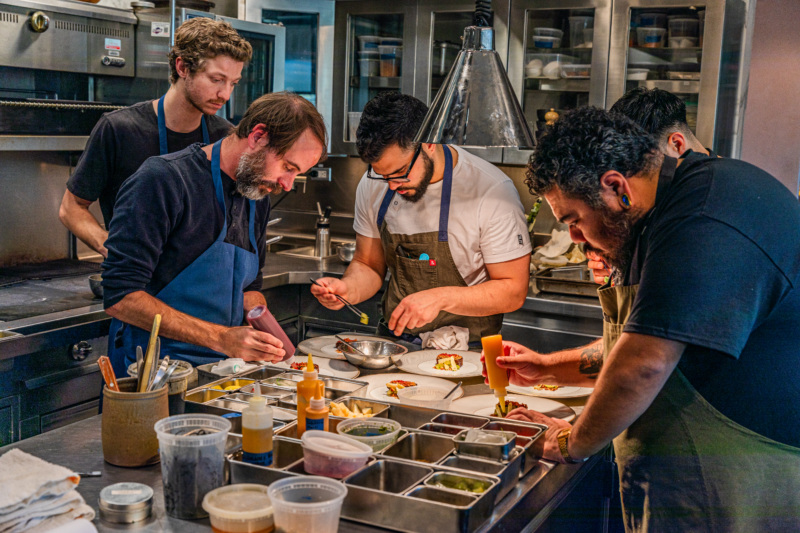
The profound, searching questions are, if anything, where Riccio chooses to dwell. But unlike some deep-thinking chefs, Riccio is acutely aware of his own gaze and how that shades his interpretation of things. When talking about the Mediterranean as the focal point of ancient cuisines, for example, he’s quick to qualify that as a distinctly Western perspective. One might attribute this sensitivity to Riccio’s own multicultural background — his father is from Italy, his mother is from Spain, and he grew up in Veracruz, Mexico, before moving to Houston as a teenager. “As an immigrant, you’re always in between worlds,” he says.
At March, everything is inspired by boundaries, taking cue from the agricultural idea of borderlands as particularly lush areas of biodiversity. Riccio sees these not as limitations, but as territories rich with potential. In this way, boundaries provide a specific topic to work with for each menu, but also encourages depth within each region. This is not just Riccio’s task but his team’s — including Goodnight partner June Rodil, a master sommelier.
As they gear up for another menu shift this summer, we caught up with Riccio to discuss fine dining in Houston, authenticity in cooking, and, for the first time publicly, what’s coming up next at March.
This interview has been edited for length and clarity.
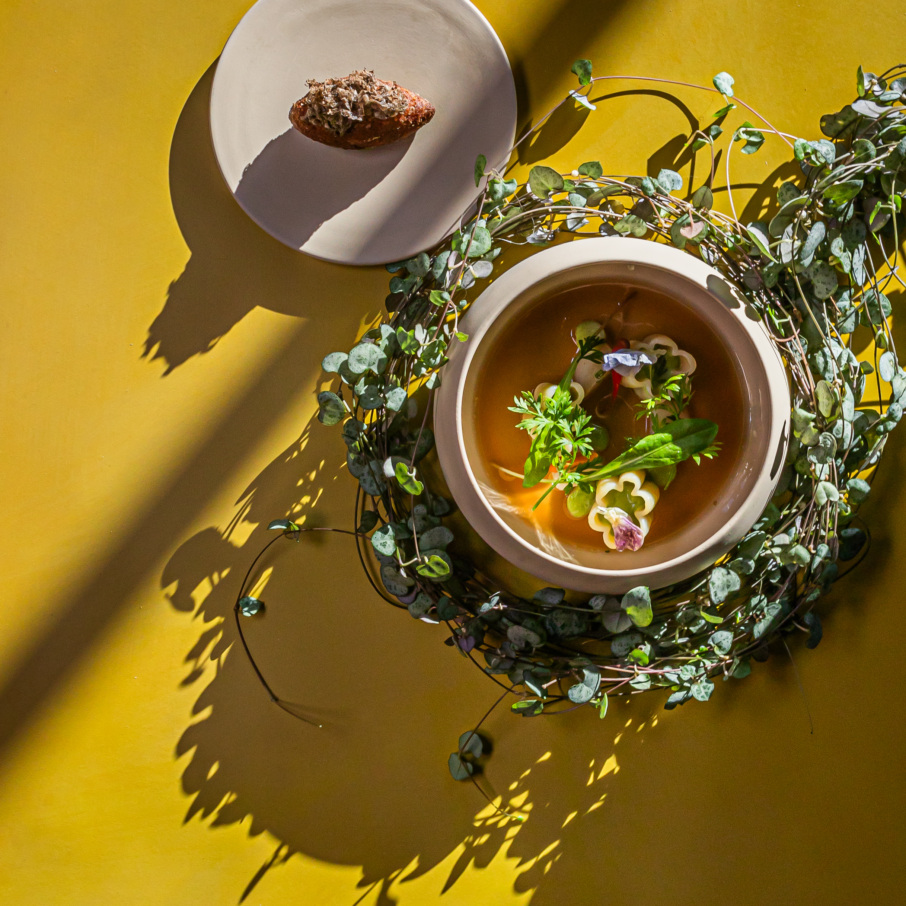
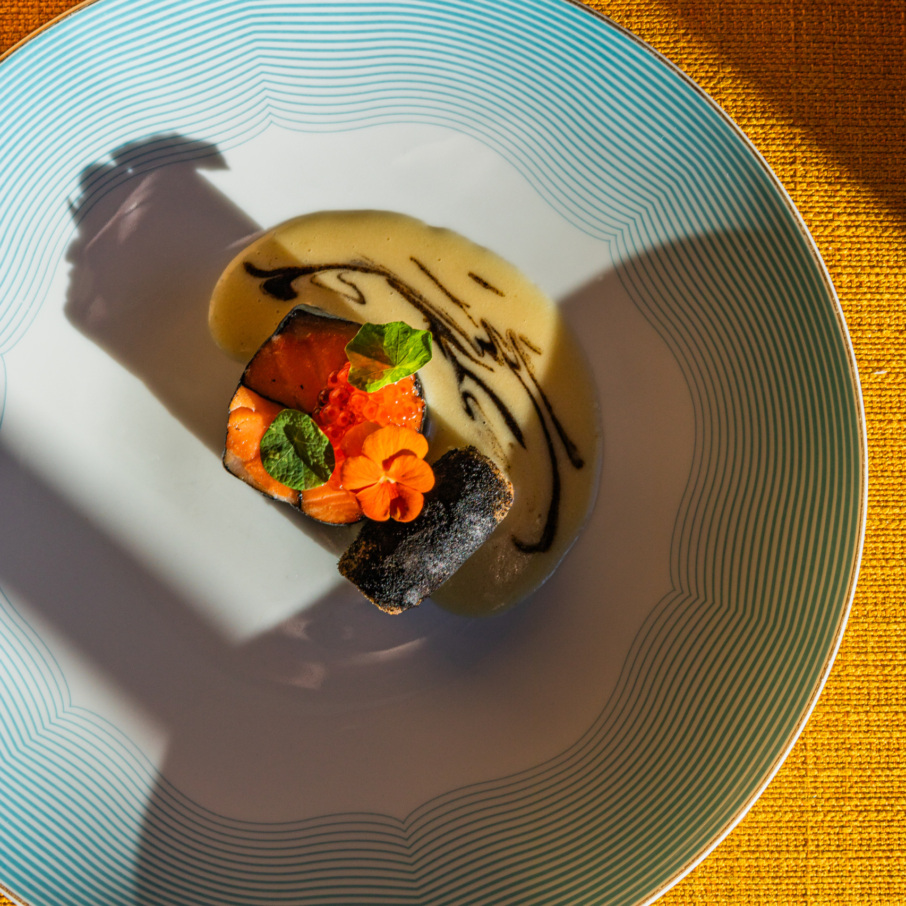
Why did you choose the Mediterranean as your culinary muse?
My family is from Southern Italy and Southern Spain. My love for those cultures has a big influence on why I chose the Mediterranean. But also, from a Western perspective, the Mediterranean was the center of the known world. So much passed through there. And there’s a lot to investigate. Are you looking at it from modern boundaries? What about timelines? We’ve done language as a unifying idea [with the Catalan menu]. You can look at it in so many different ways.
Do you think your cross-cultural upbringing has influenced the way you think about food?
One unique aspect of March, and even the other restaurants I am part of, is that I am driven by history. March is an exploration of the formation of flavors or ingredients in these different regions or cultures. And that has definitely been part of my upbringing, whether it was eating a lot of Italian food at home and being in love with Italian culture at home, but growing up in Mexico. And then obviously moving to the U.S. from Mexico. Being exposed to different cuisines and flavors and cultures from a young age has definitely made me curious.
At March, you’re known for having this very academic, studied approach to cooking. Why is history and research so important to you?
It is definitely selfish in the sense that I love history. Like, how did the bark of a tree in Southeast Asia become cinnamon? How did black pepper get to be in our canon of cooking? Things like that are interesting to me. I think they’re interesting to a lot of chefs, but it’s just a matter of how much time you devote to it. It could easily get out of hand where it becomes history lesson after history lesson. And that’s really not the intention of the restaurant. For us, it’s about understanding why and how, then learning how to play with that and make delicious food.
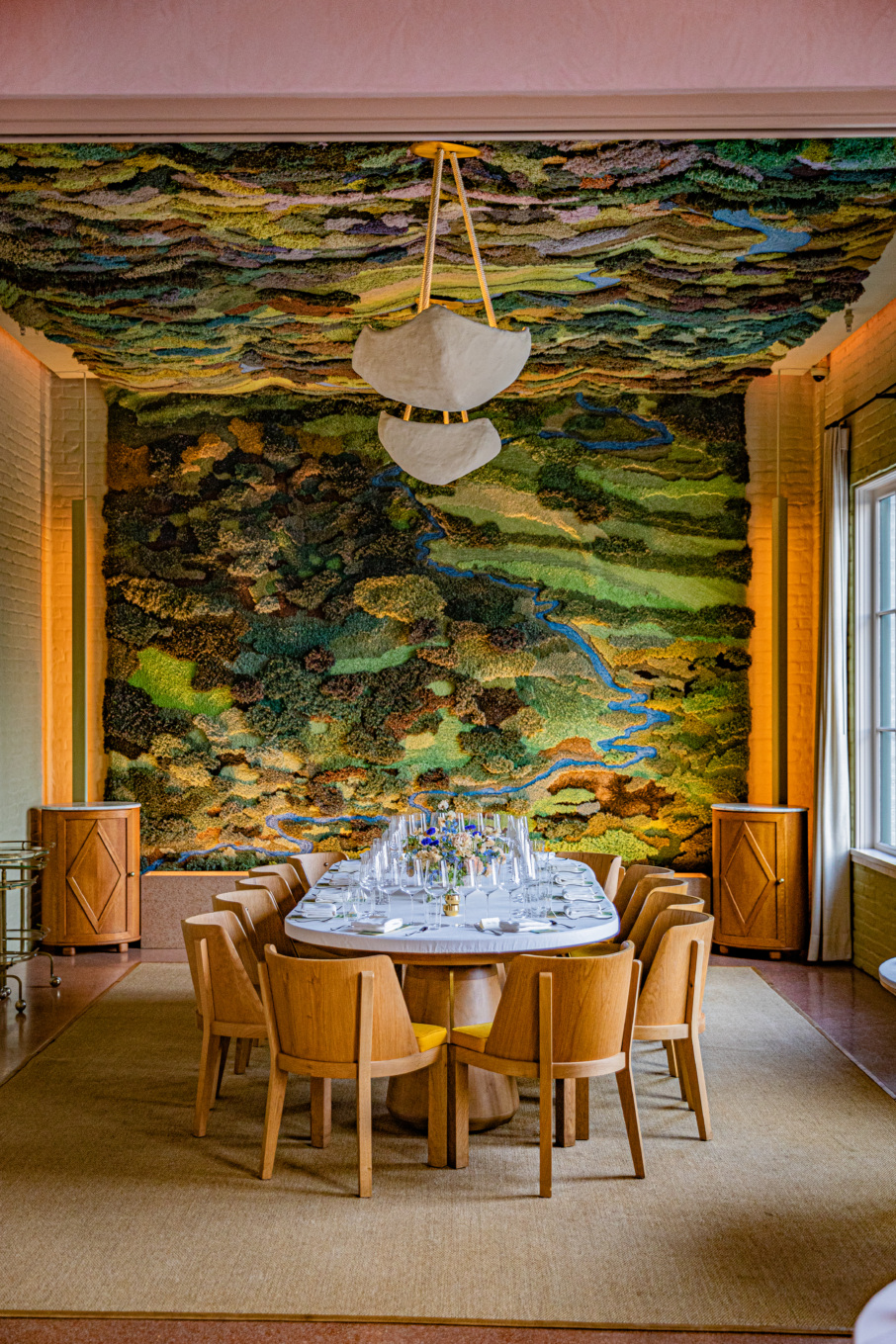
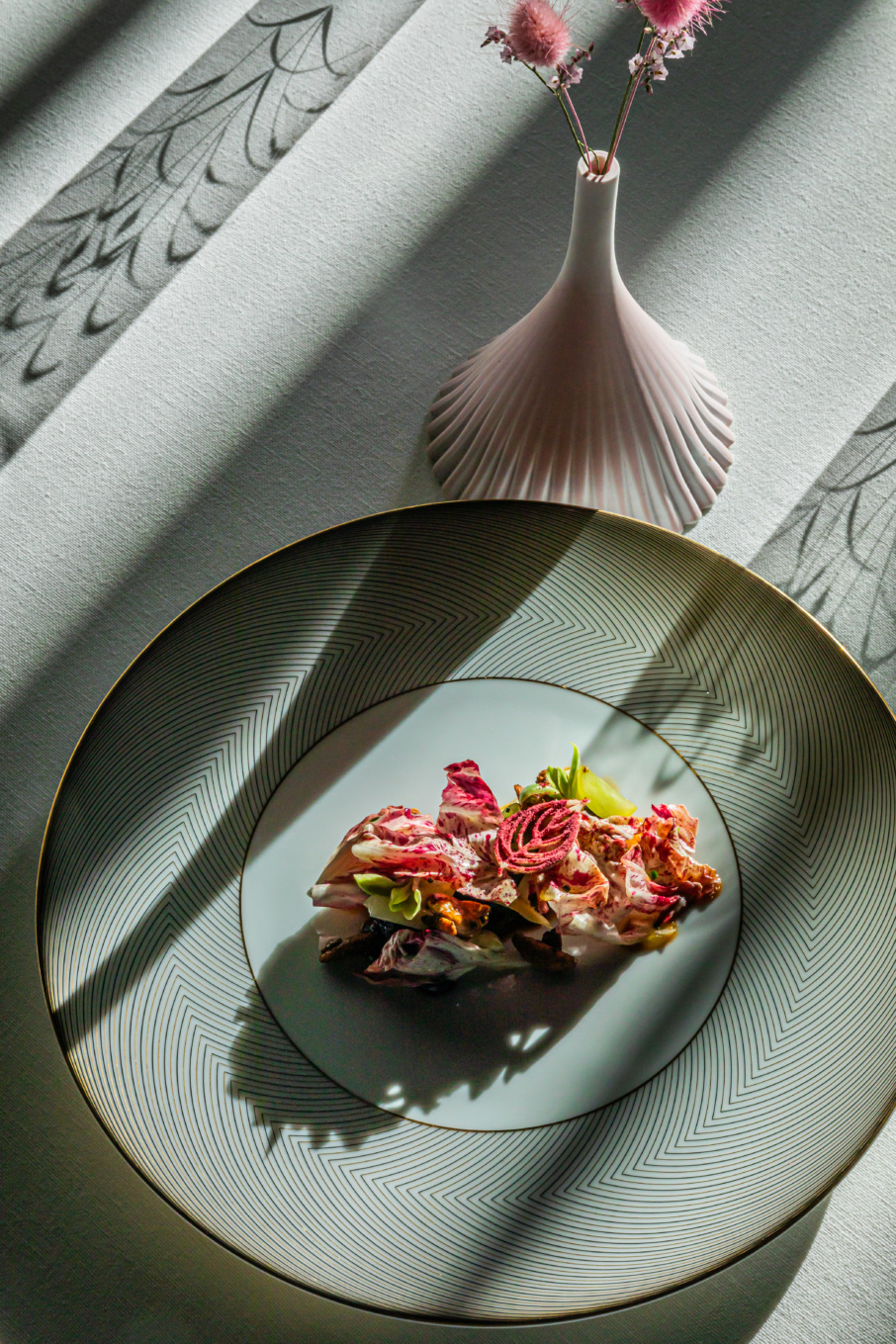
Is that why you chose fine dining and a tasting menu as the format? Because it lends itself well to this narrative approach?
The self-imposed limits [of a tasting menu] lend themselves to a certain degree of control and focus. Not in the sense of like, hey, you’re going to eat whatever we want you to eat. It’s more like, this is what we’re trying to express. And when we have you for two and a half hours, it allows us to tell the story. We are able to showcase and highlight the best of what we can get sourced, whether that’s ingredients or plates, art and wine, everything that makes a total dining experience.
Being somewhat of an outsider when it comes to some of these cuisines, how do you feel about authenticity?
It depends on what perspective you’re looking at it from. Oftentimes, we start with a very classic dish of the region. For the Sicilian menu, we took pasta alla Norma. That’s very homey cooking. It’s not really something you get at a restaurant. So how do you translate that? How do you keep it true to itself? It’s about respecting the origins of these dishes while still putting it in our voice and what fits our concept. Even the details like, how does this fit as a third course? Fidelity is a great word for it because it’s this faithfulness to the idea of pasta alla Norma.
So you think of yourself more as interpreters of a cuisine.
100%. It really makes me both excited and nervous when we have someone come in and they’re like, I’m used to seeing this dish from my mom. It means so much more to that person because it’s mom’s cooking. I’m like, awesome, your mom probably cooks it better than we do. But the important thing is that they bring their perspective and their understanding of that cuisine or that culture.
But then why go to the extent of reinventing your menu every six months? Why not just label it Mediterranean and call it a day?
Part of it, I’ll be honest, is tasting menus can be difficult. They’re not cheap. They’re long. And they are generally frequented for special occasions. We feel very thankful that people are spending their special occasions with us, but part of it was, how do you get people to come back? There’s seasonal change, with the product and the climate, but also the new season is a new menu, a new show.
It reminds me of what Grant Achatz set out to do with Next Restaurant in Chicago.
Next is wild. That’s a crazy project as well. And very ambitious. Reopening a restaurant every few months is a lot. The training is intense, the sourcing is super intense. I’m very lucky to have a tremendous team. They can listen to my rambles about history and then we can translate that into a dish people enjoy, because at the end of day, it has got to taste good. You might understand better why chickpeas are important to the Mediterranean. But are the chickpeas delicious?
Fine dining isn’t going away. Is it changing? Yeah. But guess what, so is casual dining.— Felipe Riccio
Logistically speaking, how do you transition from one menu to the next?
We’re getting more efficient. We’re getting farther into the development of a menu before we close. It always begins with a research guide. I sit down with books, a computer, whatever resources I can find. I literally will look at university research papers. And between myself and my culinary director, we write a study guide. It talks about the overarching idea of the region and cuisine and why we’re exploring it. Now we have four weeks in between each closure. It’s basically two weeks of rest for the team, and then two weeks of training.
Do you get to visit new regions as part of your research?
I wish. I’ve been very lucky to spend time in some of these places, but I’ve never been to Catalonia. I’ve never been to Barcelona, or Valencia. But maybe one of my sous chefs has been there, maybe the culinary director. I hope someday we get to travel more.
You’ve been known to go so far as to swap out olive oils for different menus. How far are you willing to go for specific regional ingredients?
The more we do it, the easier it gets. One of my biggest roles each season is the sourcing, like finding some tiny producer. For example, for this menu, I’m buying honey from the Pyrénées. [Our supplier] sends me a five-kilo tub of honey, and that might be half of his production. It’s fun. We change the olive oil when we can, we’re sourcing salt from the region. Sometimes it’s easy. Finding Greek olive oil is a lot easier than finding olive oil from Algeria at the right quality and in the right quantity.
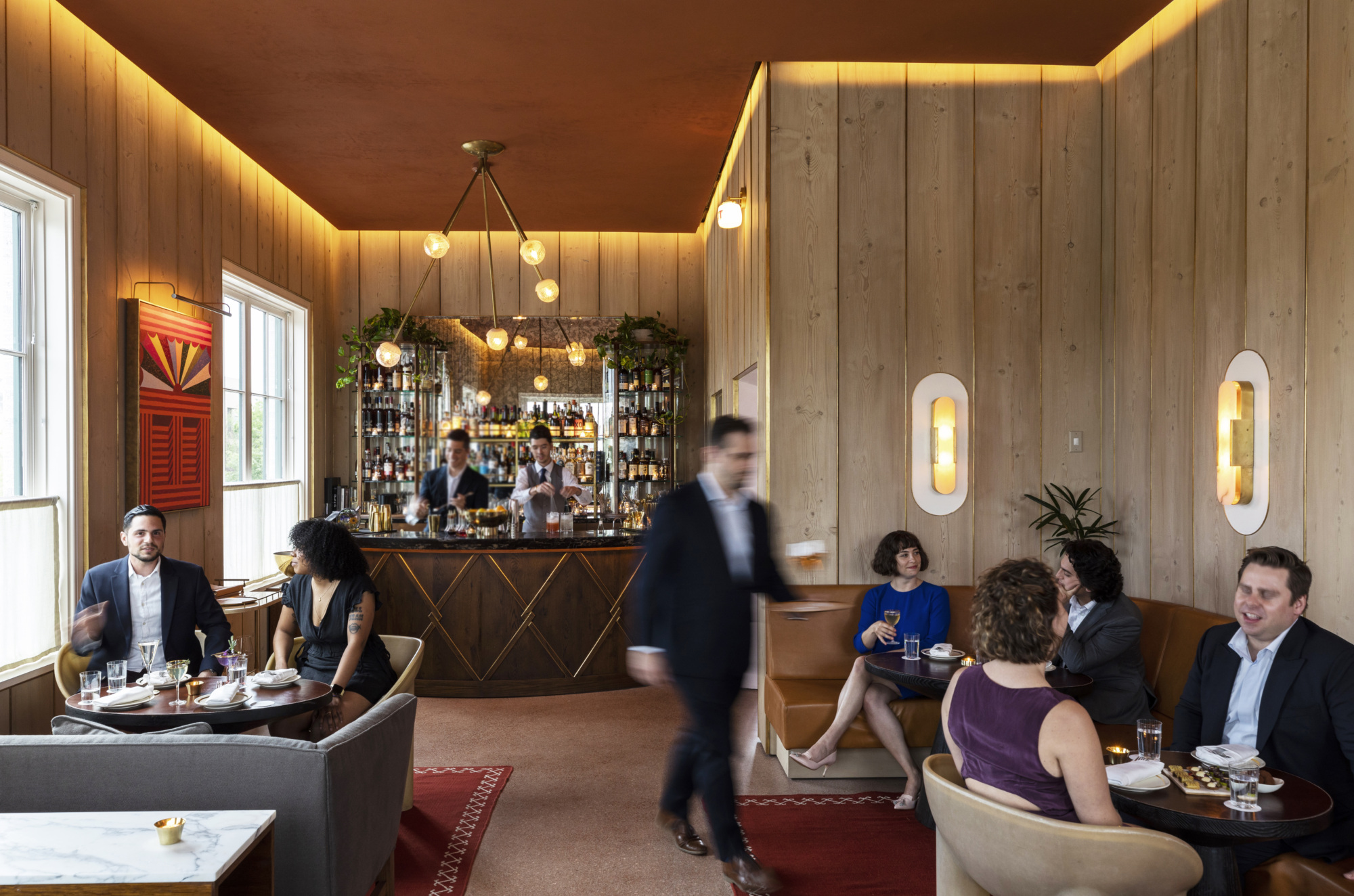
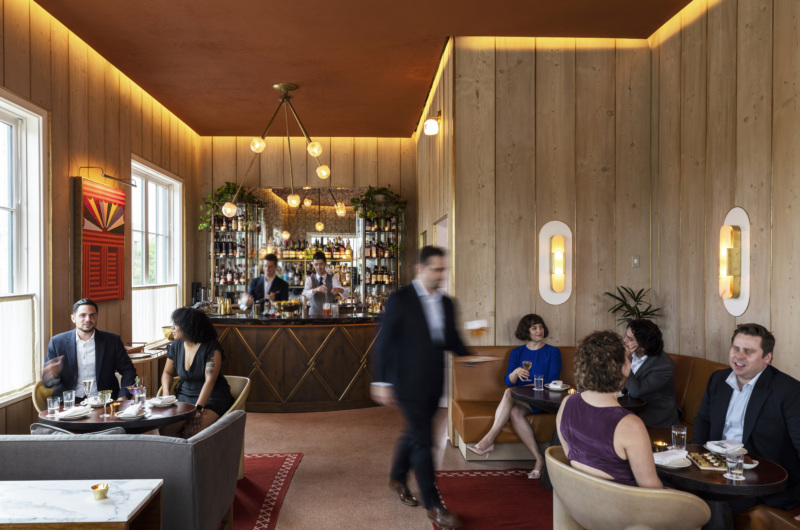
What do you think March adds to the Houston dining scene?
I feel very lucky to be in Houston. We’re very lucky because we have well-traveled customers. And we have a huge amount of diversity in restaurants; therefore, we also have great purveyors. But we’re not unaware that, whether it’s the cost or the level of dining, March is different from the majority of restaurants. And I think that’s good. I don’t think the majority of restaurants should be as expensive or as much of a commitment as March. There’s space and room for so many different types of dining.
Fine dining isn’t going away. Is it changing? Yeah. But guess what, so is casual dining. No one talks about counter-service dining and how that’s changing, and how much more expensive it is now. No one’s talking about that.
How is fine dining changing?
It’s becoming more open, more self-aware, and understanding that it is expensive. It is a bigger commitment. It’s not that we’re elevating the state of eating. It’s not about that. It’s becoming more self-aware of what it can provide, versus being more egocentric.
Okay, now for the real news. What is next on the menu at March? What new region or cuisine are you exploring?
Right now, we’re at menu seven. Eight and nine are going to be two separate menus, but we want them to be related. So, for menu eight we’re going to do the Republic of Genoa. It was a maritime republic [now part of modern-day Italy] around the Middle Ages to the 15th or 16th centuries. After that, for menu nine, we’re going to do the Republic of Venice. The nickname for the Republic of Genoa was La Superba, the supreme. And the Republic of Venice was called La Serenissima, the serene. They coexisted around pretty much the same time. They were rivals, sometimes partners. They controlled trade in the Mediterranean.
You’ve really thought this through.
There’s always a connection, there’s always this through line. People ask, what are you going to do when you run out of regions? And I’m like, I don’t even know if we’re gonna get there. I don’t think we’re anywhere near done.
Mahira Rivers is a restaurant critic and writer based in New York, and is Resy’s dining columnist. In addition to spending five years as an anonymous inspector for The Michelin Guides, her writing has been published in The New York Times, New York Magazine, Food & Wine, GQ and elsewhere, and recognized by the James Beard Foundation. Follow her on Instagram. Follow Resy, too.








